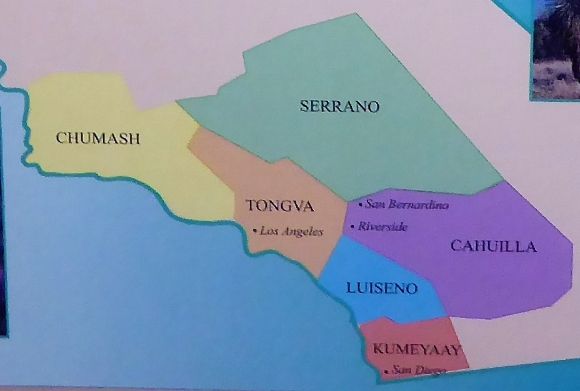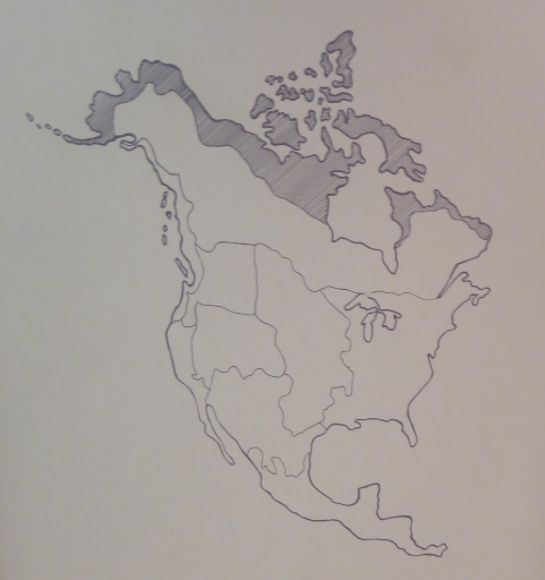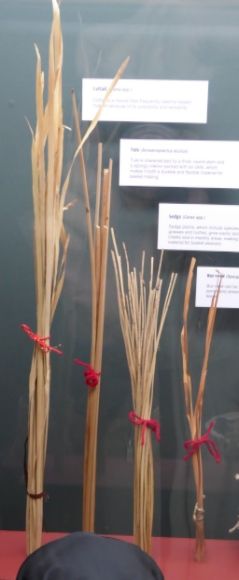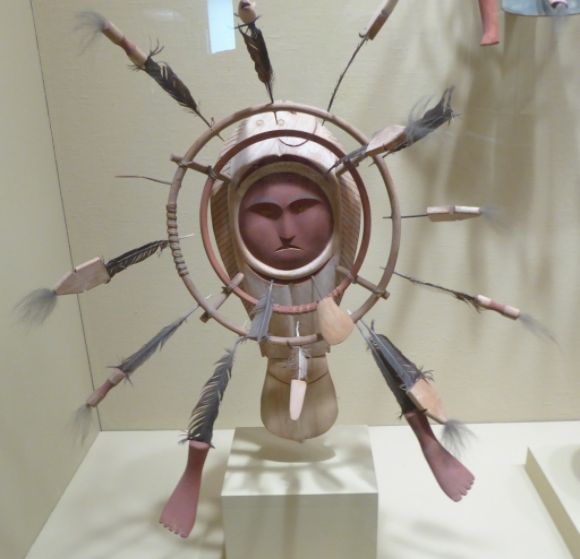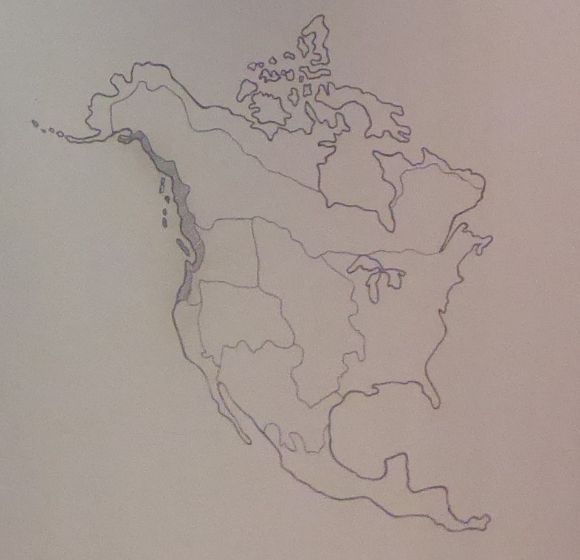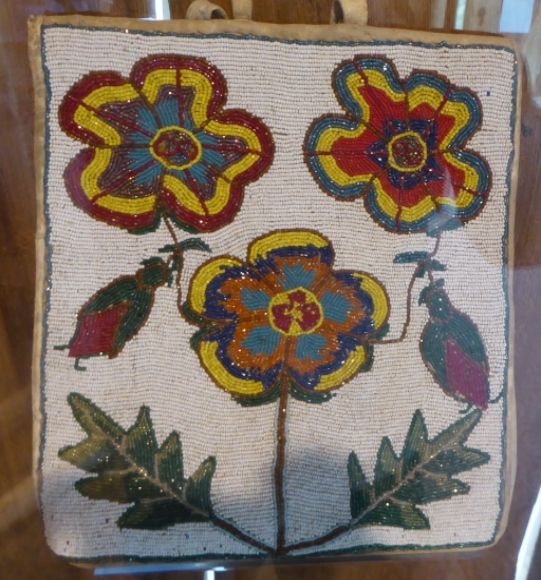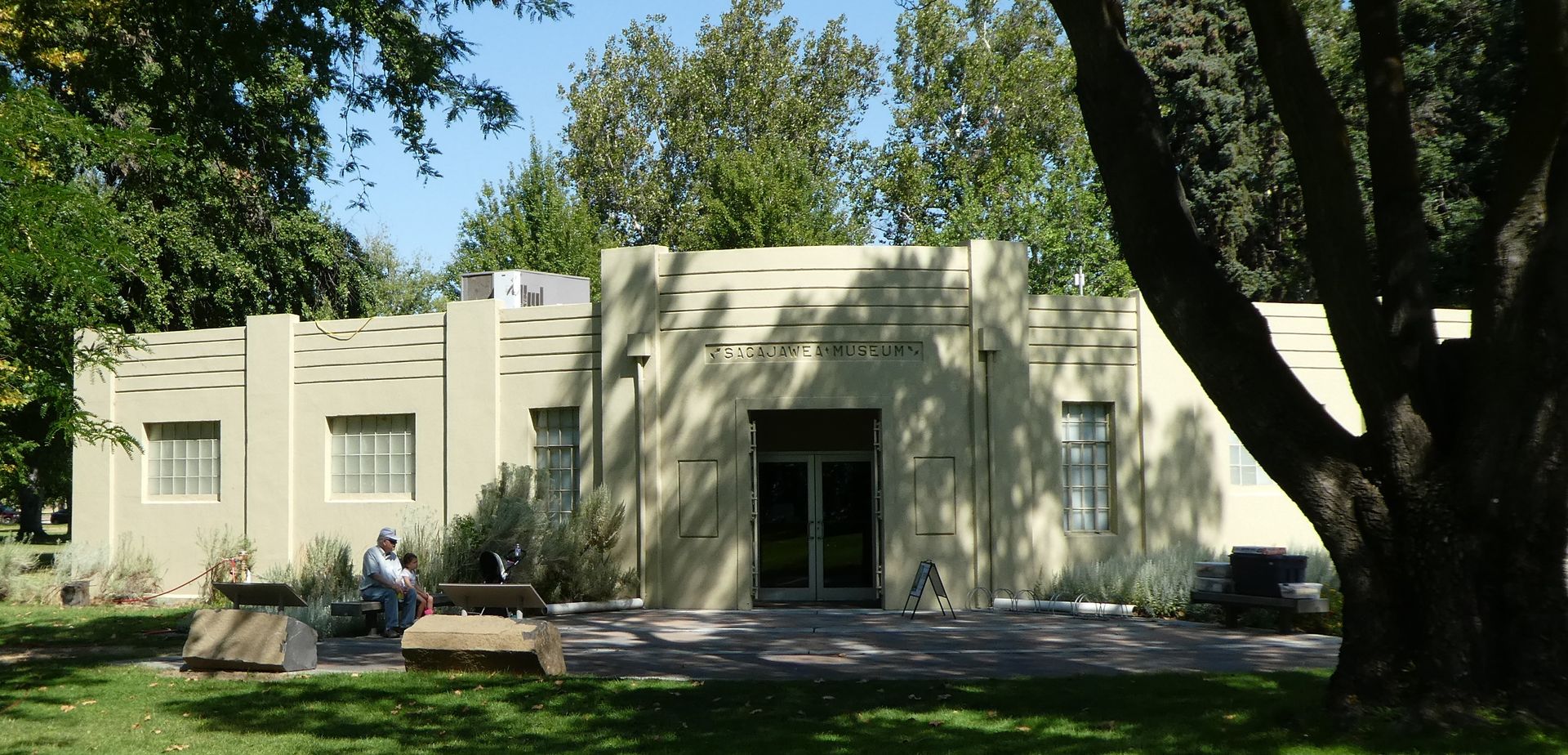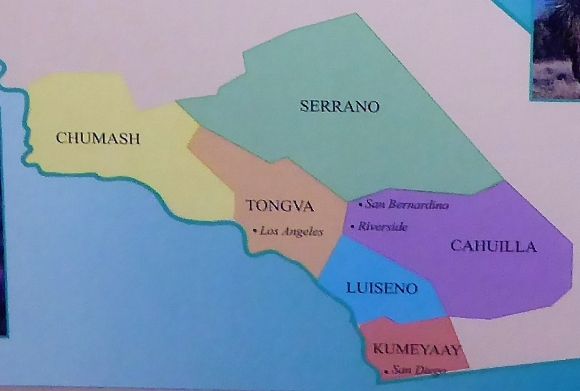Southern California First Peoples
Long before the first Spaniards arrived in Southern California, the area was occupied by six distinct Native American tribes: Chumash, Tongva, Serrano, Cahuilla, Luiseño, and Kumeyaay. The map shown above shows the territories of the six Southern California Indian nations. The Riverside Metropolitan Museum in Riverside, California has a display on Southern California’s First Peoples. … Continued
